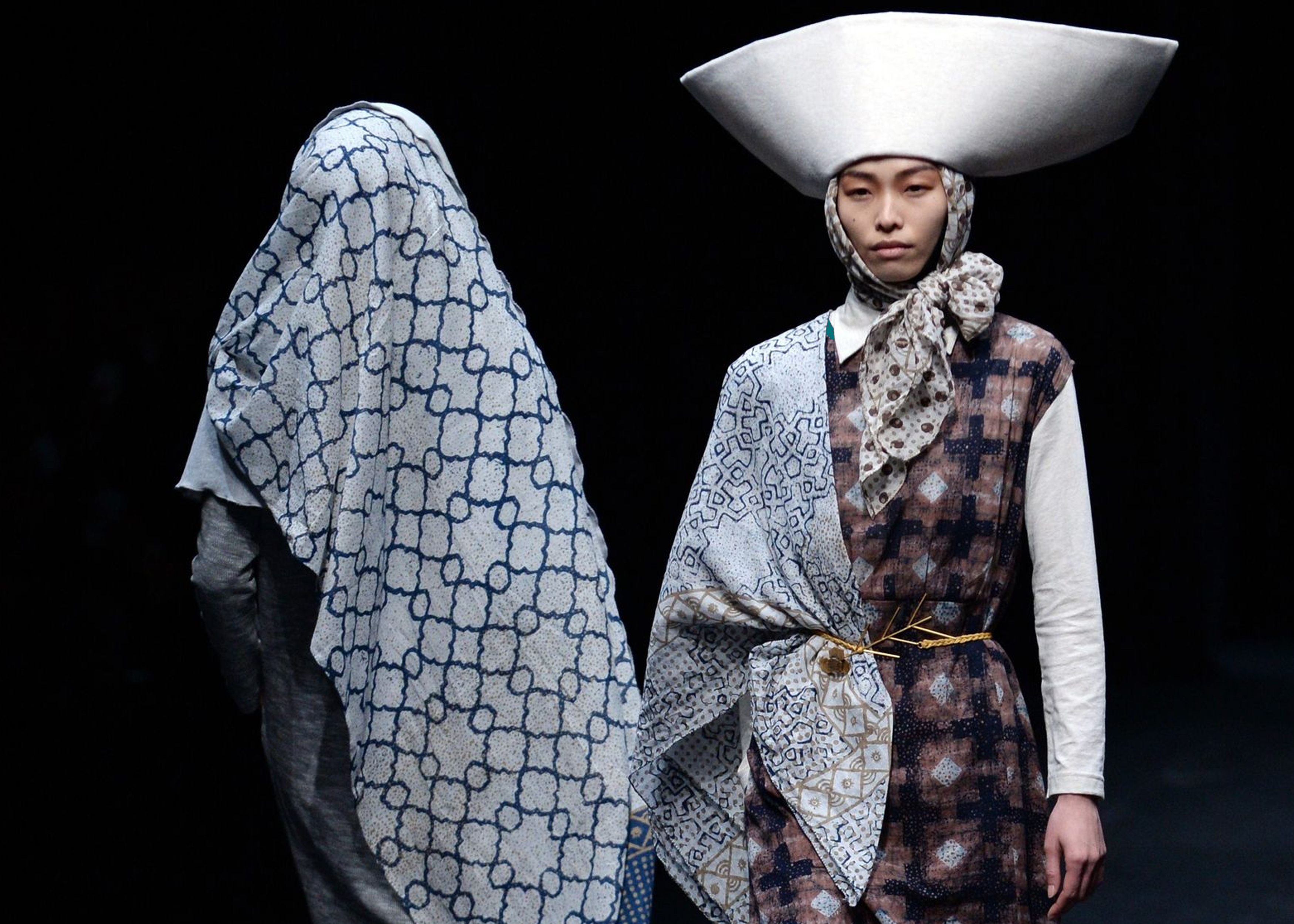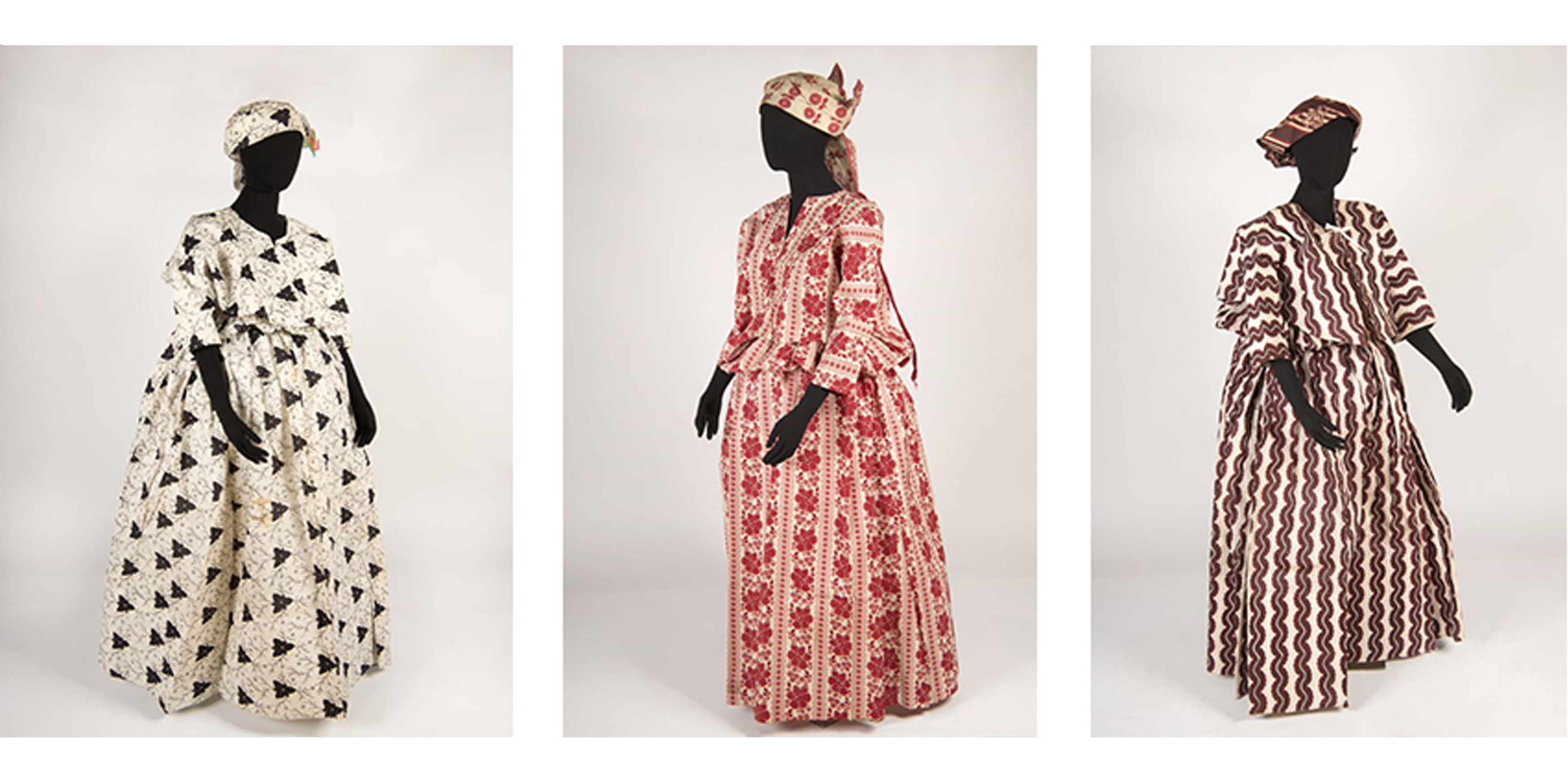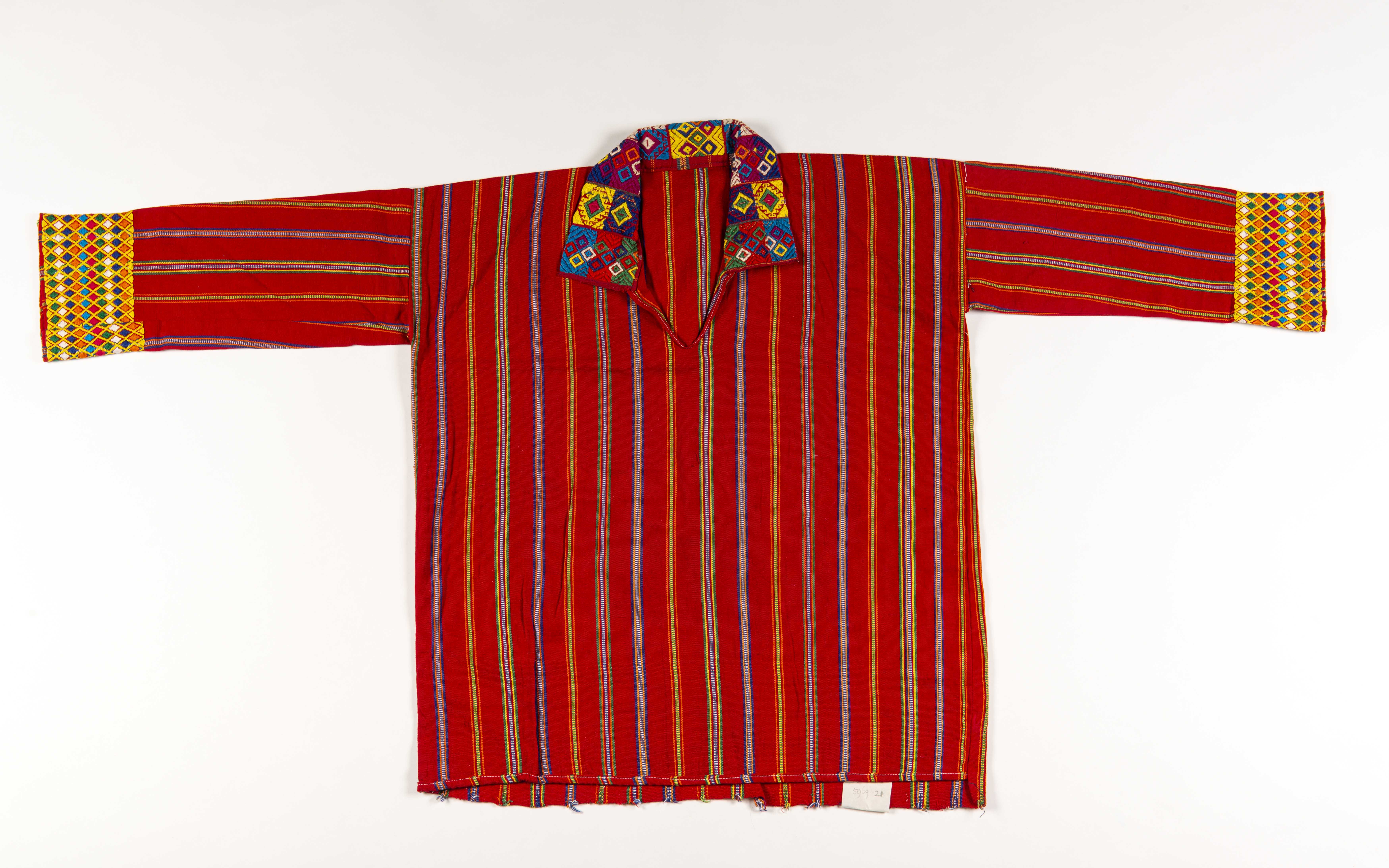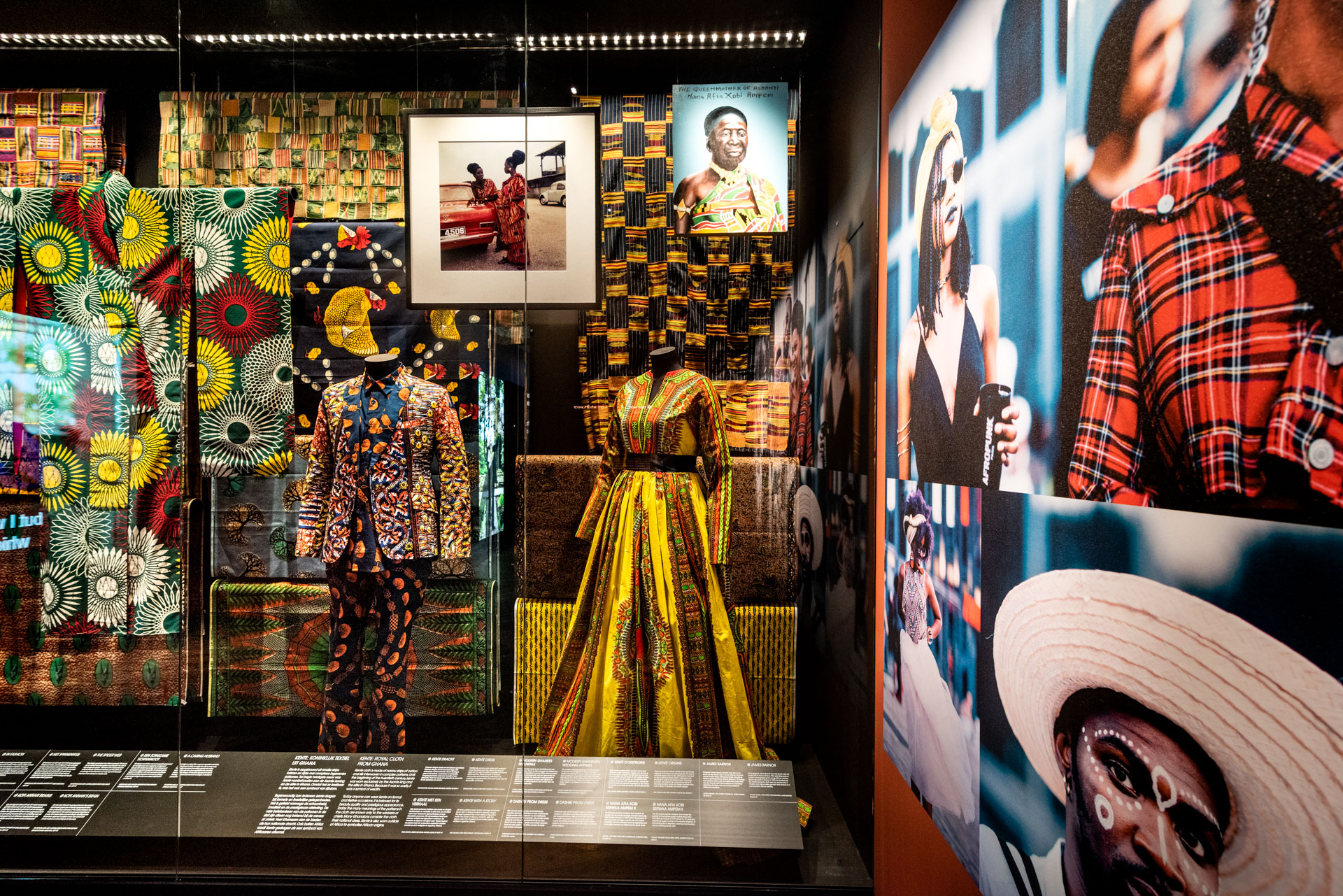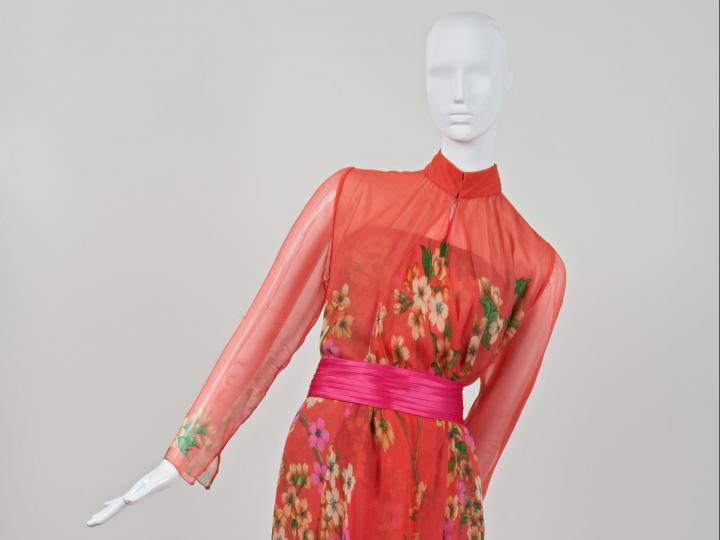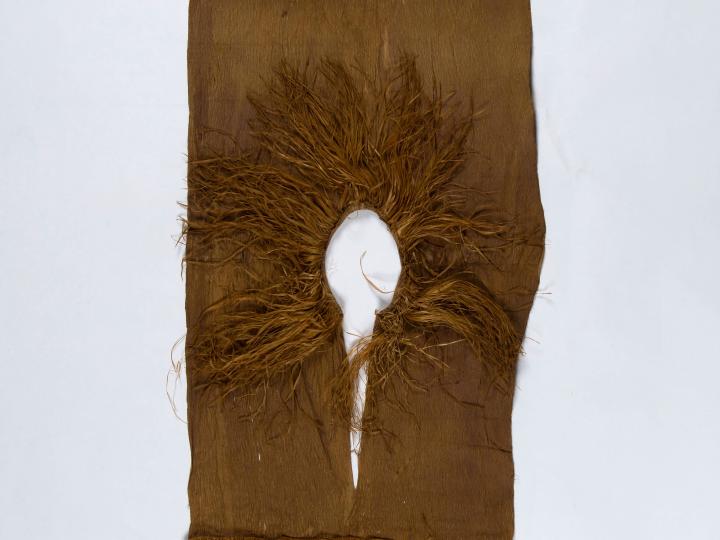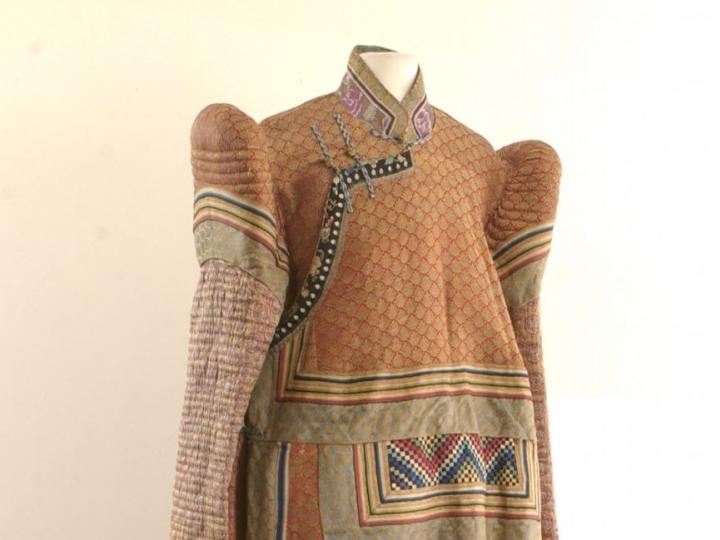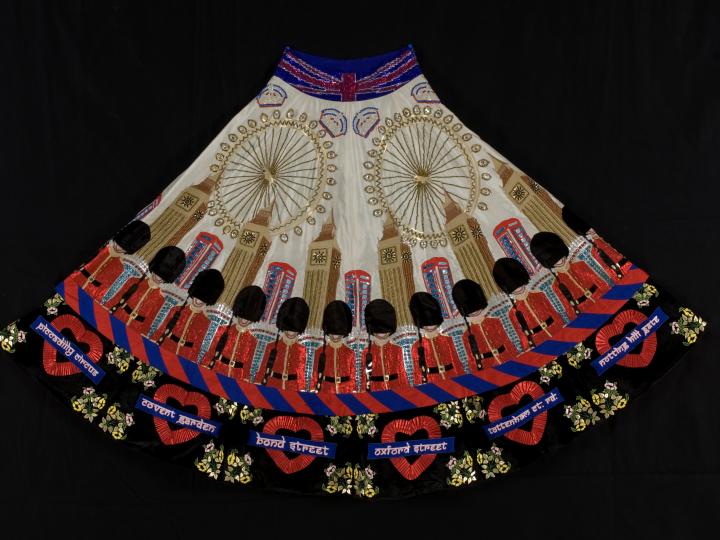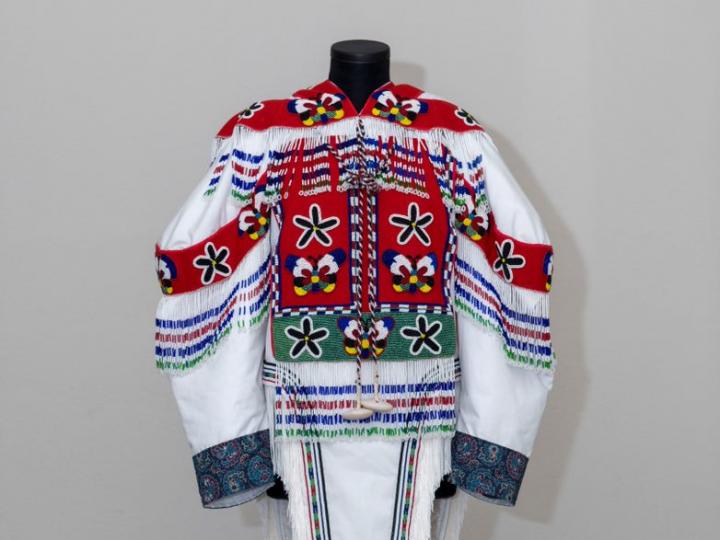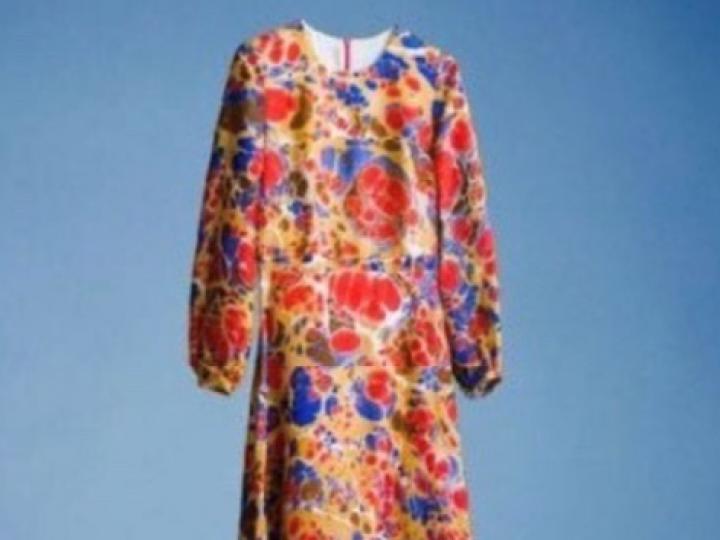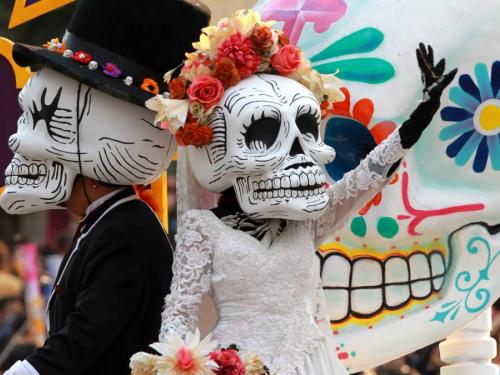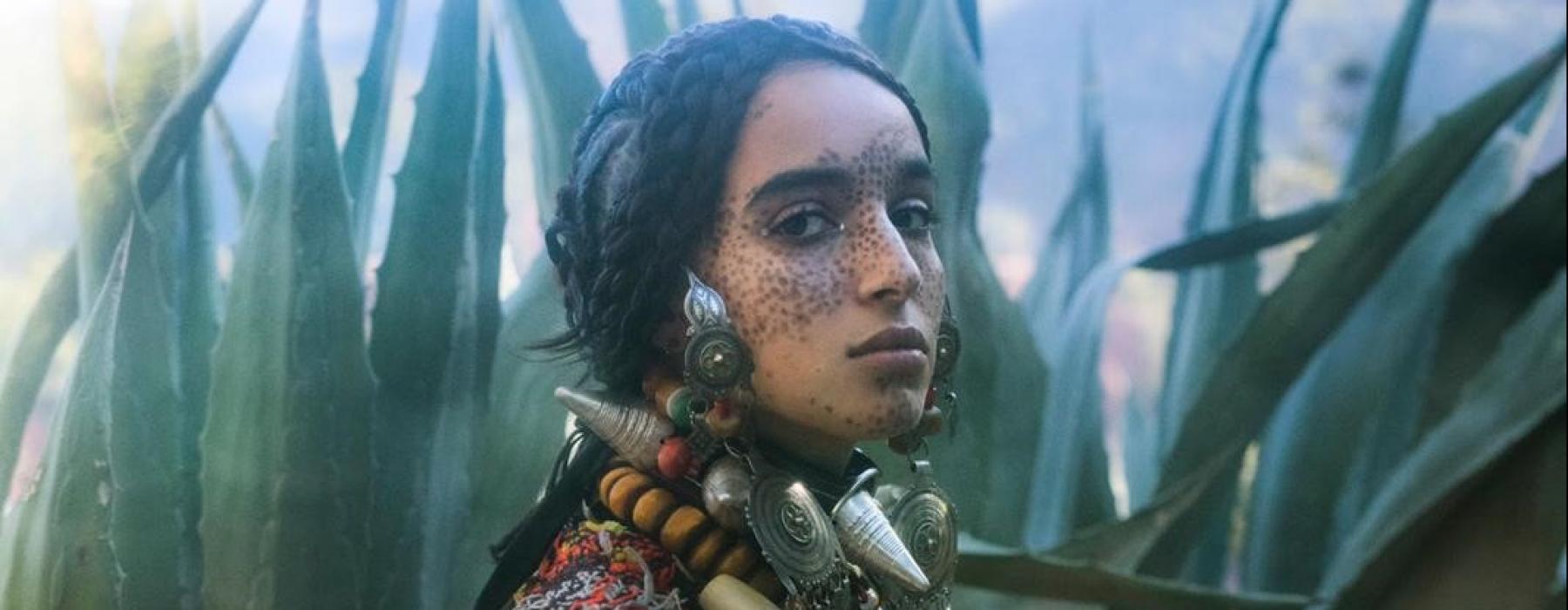
September is the month for magazines like Vogue (the Dutch version recently stopped publication), Elle and other well-known titles. Extra thick issues with full-page pictures: the new fashion season has begun! But it’s not only European and American magazines and catwalks that are showing their readers and visitors what the fashion scene will look like in the autumn. Vogue Arabia, Vogue México and Elle China are too.
Western magazines for young people, such as Dazed and Confused and I-D-Vice, show shoots from all over the world and some of these titles also appear in countries like Nigeria. Likewise The Native Magazine, the ultra-hip Nigerian mag, is now available in London, Paris and New York, and many other fashion cities.
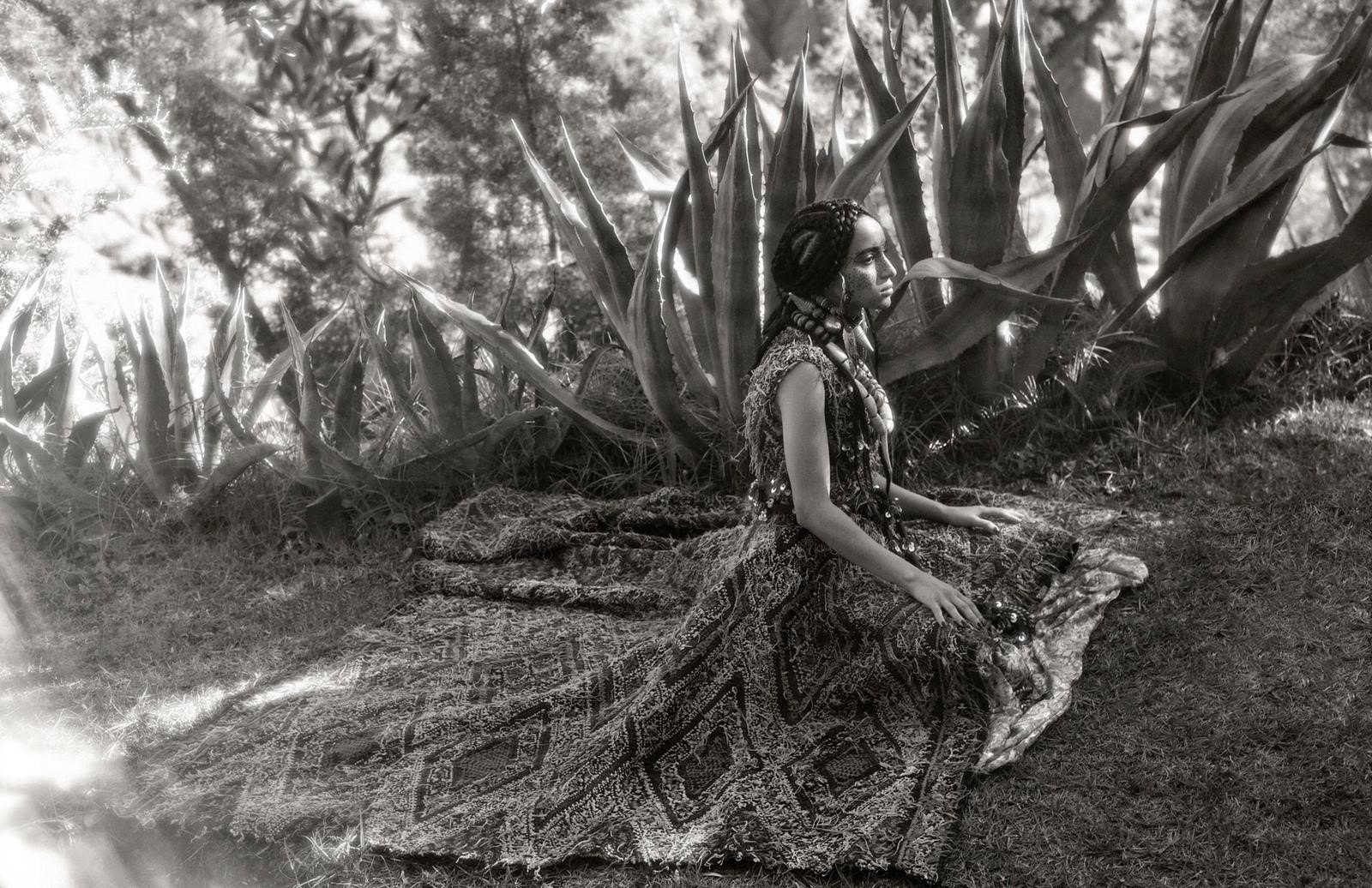
The image above and in the header shows the magnificent creation of the Dutch-Moroccan fashion designer and artist Karim Adduchi. His creation from the 'She has 99 names' collection positively shines in Vogue Arabia of January 2020. It is an ode to Berber women, worn by the Moroccan model Meryem Titila Oulhaj and photographed by Elizaveta Porodina. This dress is made from old hand-woven carpets and was purchased in 2018 by the Nationaal Museum van Wereldculturen (National Museum of World Cultures). TM 7155-1
